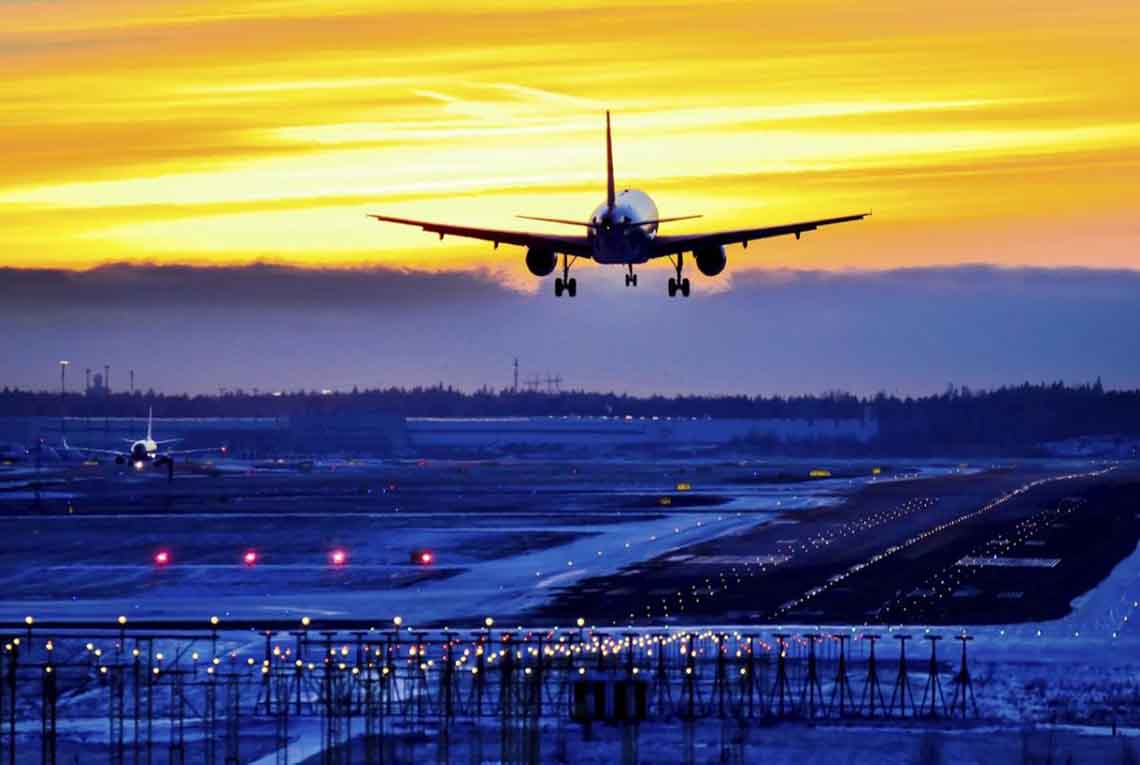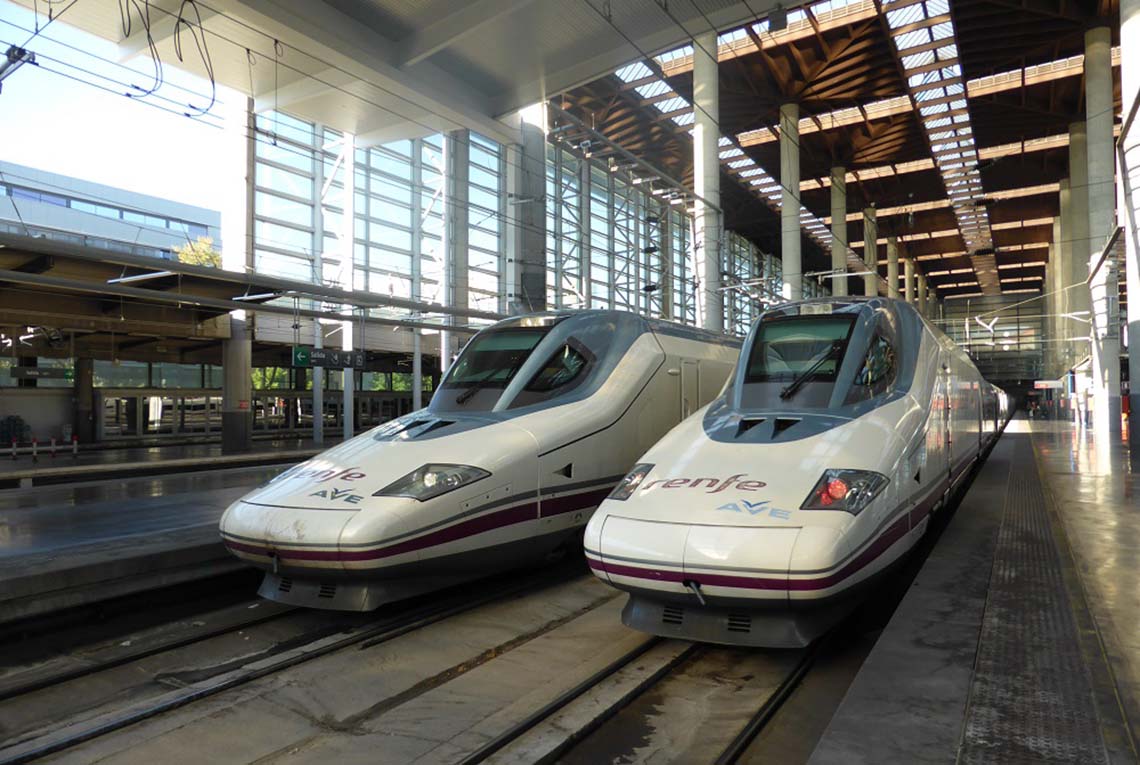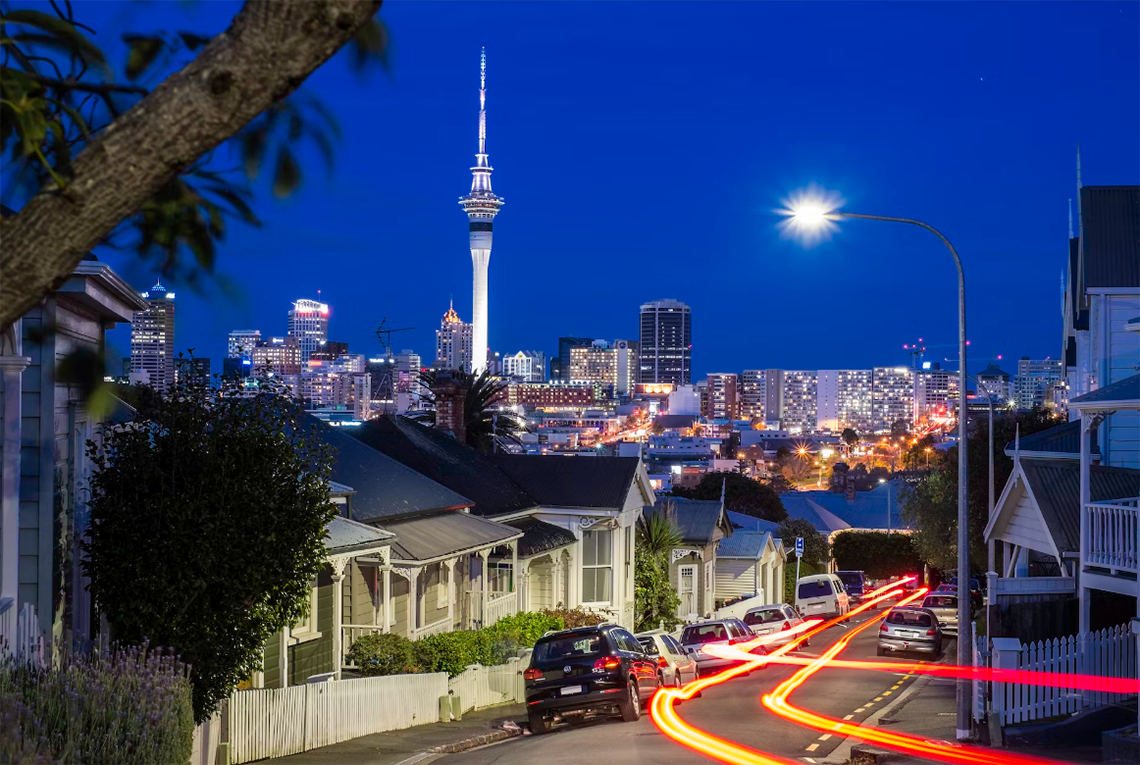Traveling between New York City and Baltimore is a journey that bridges two iconic East Coast cities. These urban hubs, each rich with history, culture, and vibrant energy, are separated by a mere 190 miles. Despite the relatively short distance, choosing the best travel mode depends on individual priorities such as cost, time, convenience, and experience. In this article, we’ll dive deeply into three primary transportation methods—flights, trains, and driving—unpacking their advantages, unique characteristics, booking strategies, and tips for making the most of your trip.
1. Flying: A Speedy Journey Above the Clouds
When time is of the essence, nothing beats the speed of air travel. Flights between New York and Baltimore typically take just over an hour, making this the fastest option for connecting these two cities.
The Flight Experience
Flying feels like compressing the world into moments. The brief time spent cruising above the patchwork quilt of green fields, bustling cities, and winding rivers is almost magical. Airports like LaGuardia (LGA) and John F. Kennedy International Airport (JFK) in New York offer multiple daily departures to Baltimore/Washington International Thurgood Marshall Airport (BWI). Upon landing, you’re greeted by the efficiency of BWI, which provides seamless access to Baltimore’s vibrant downtown.
Advantages of Flying
- Speed: Flights are the fastest option, perfect for business travelers or those on tight schedules.
- Frequent Departures: Multiple daily flights make scheduling flexible.
- Reward Programs: Frequent travelers can accumulate points with airlines like Delta, United, and American Airlines, saving money on future trips.
Booking Platforms and Tips
- Use websites like Skyscanner, Google Flights, or Expedia to compare fares and schedules.
- Booking directly on airline websites can sometimes provide additional perks, such as waived change fees or bonus points.
Costs and Best Booking Practices
Tickets can range from $100 to $300 for a one-way flight, depending on factors like time of booking and seasonality. To secure the best deals:
- Book Early: Reserve tickets at least three weeks in advance.
- Travel Light: Avoid checked baggage fees by opting for a carry-on.
- Consider Red-Eyes or Midweek Flights: These tend to be cheaper and less crowded.
Challenges of Flying
While flying saves time in the air, you’ll need to factor in airport logistics:
- Arriving early for check-in and security (at least 90 minutes).
- Potential delays caused by weather or air traffic.
- The environmental impact, which is higher compared to trains or driving.
Once you touch down at BWI, accessing Baltimore is easy, with options like the MARC Train connecting the airport to the city center in about 30 minutes.
2. Train Travel: Comfort and Convenience on Rails
For those who prefer a more relaxed journey, the train is a wonderful alternative. Amtrak offers two main services between New York Penn Station (NYP) and Baltimore Penn Station (BAL): the Northeast Regional and the high-speed Acela Express.
The Train Journey
There’s something timeless about train travel. The gentle rhythm of the rails creates a soothing backdrop as you pass through scenic landscapes and bustling small towns. With no turbulence to disrupt your coffee or Wi-Fi streaming, the train allows you to sit back and savor the experience.
Advantages of Train Travel
- Comfort: Spacious seats, ample legroom, and free Wi-Fi make trains an ideal choice for both work and relaxation.
- Convenience: Penn Stations in both cities are centrally located, eliminating the need for long commutes to and from airports.
- No Stress: No security lines or restrictions on liquids in your carry-on.
Booking Platforms and Tips
- Tickets can be purchased directly on Amtrak’s website or through travel aggregators like Trainline.
- Booking in advance often unlocks discounts, and Amtrak frequently offers promotions for midweek travel.
Costs and Timing
Ticket prices range from $40 to $150 one-way, depending on whether you choose the Northeast Regional or the faster Acela Express. The trip takes approximately 2 hours and 15 minutes on the Northeast Regional and just under 2 hours on the Acela.
- Acela tickets, while more expensive, are a great option for those valuing time.
- For budget-conscious travelers, the Northeast Regional offers an excellent experience at a lower price point.
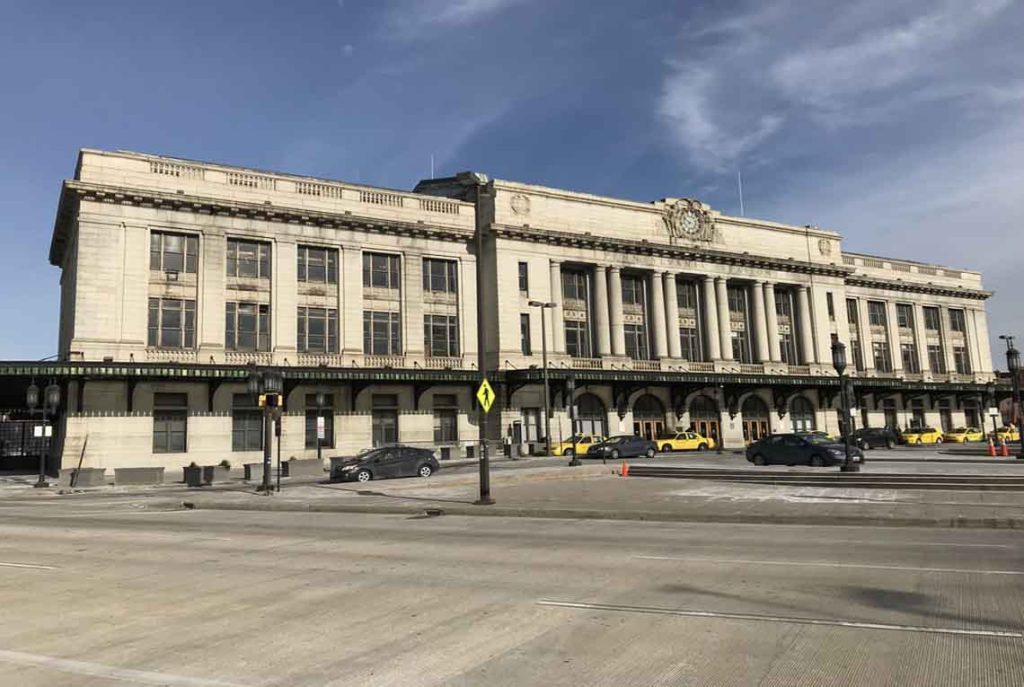
Challenges of Train Travel
Although trains are reliable, high demand during peak times can lead to crowded carriages. Additionally, while the Acela is faster, it comes at a premium cost.
3. Driving: Freedom on the Open Road
For those who cherish independence and spontaneity, driving offers a completely different travel experience. With the I-95 serving as the primary route between New York and Baltimore, the journey takes around 3.5 to 4 hours, depending on traffic conditions.
The Driving Experience
Driving offers an intimate connection with the journey. The changing scenery—from New York’s urban skyline to Maryland’s lush greenery—creates a dynamic visual narrative. Plus, road trips allow for detours to explore hidden gems along the way, such as a stop at Philadelphia’s famous Reading Terminal Market or a scenic pause near the Chesapeake Bay.
Advantages of Driving
- Flexibility: Set your own schedule and choose your pace.
- Cost Sharing: Great for groups or families, as expenses can be divided.
- Unlimited Luggage: No need to worry about bag weight or fees.
Costs and Booking Platforms
- Fuel: Expect to spend about $40-$60 on gas for a round trip, depending on your car’s fuel efficiency.
- Tolls: The I-95 is dotted with tolls that can add up to $20-$30 each way. Consider using an EZPass for smoother navigation.
- Car Rentals: Platforms like Hertz, Enterprise, or Turo are excellent for renting vehicles. Rates typically range from $50-$80 per day.
Tips for a Smooth Drive
- Plan Your Stops: Research rest areas and dining options ahead of time.
- Avoid Peak Hours: Early mornings or late evenings can help you skip traffic congestion.
- Pack Essentials: Keep water, snacks, and an emergency kit in the car.
Challenges of Driving
Driving, while liberating, comes with its share of challenges:
- Traffic: Both NYC and Baltimore are notorious for their rush-hour congestion.
- Parking: Finding affordable parking in Baltimore’s downtown area can be a headache.
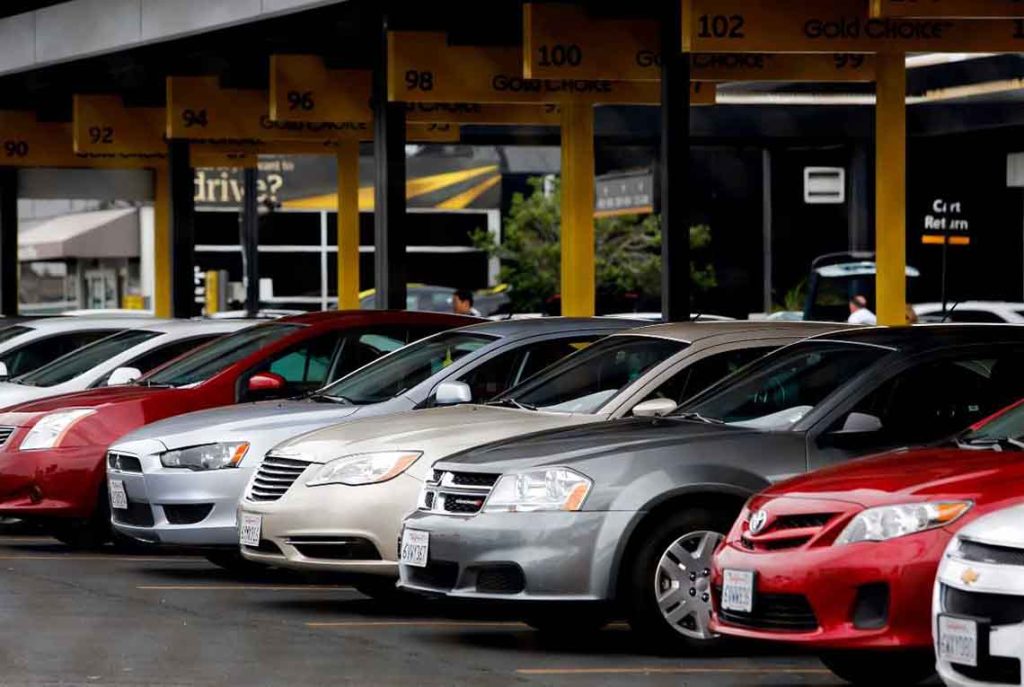
Key Factors to Consider
When deciding between these three modes of transport, it’s important to align your choice with your travel goals. If speed is paramount, flying is unbeatable. For comfort and a scenic journey, trains are ideal. And if flexibility and freedom call your name, hit the road.
Each option transforms the journey into its own kind of adventure. Flying offers a bird’s-eye view, trains blend utility with romance, and driving invites you to create your own path. Whichever you choose, your adventure from New York to Baltimore will be as memorable as your destination.
